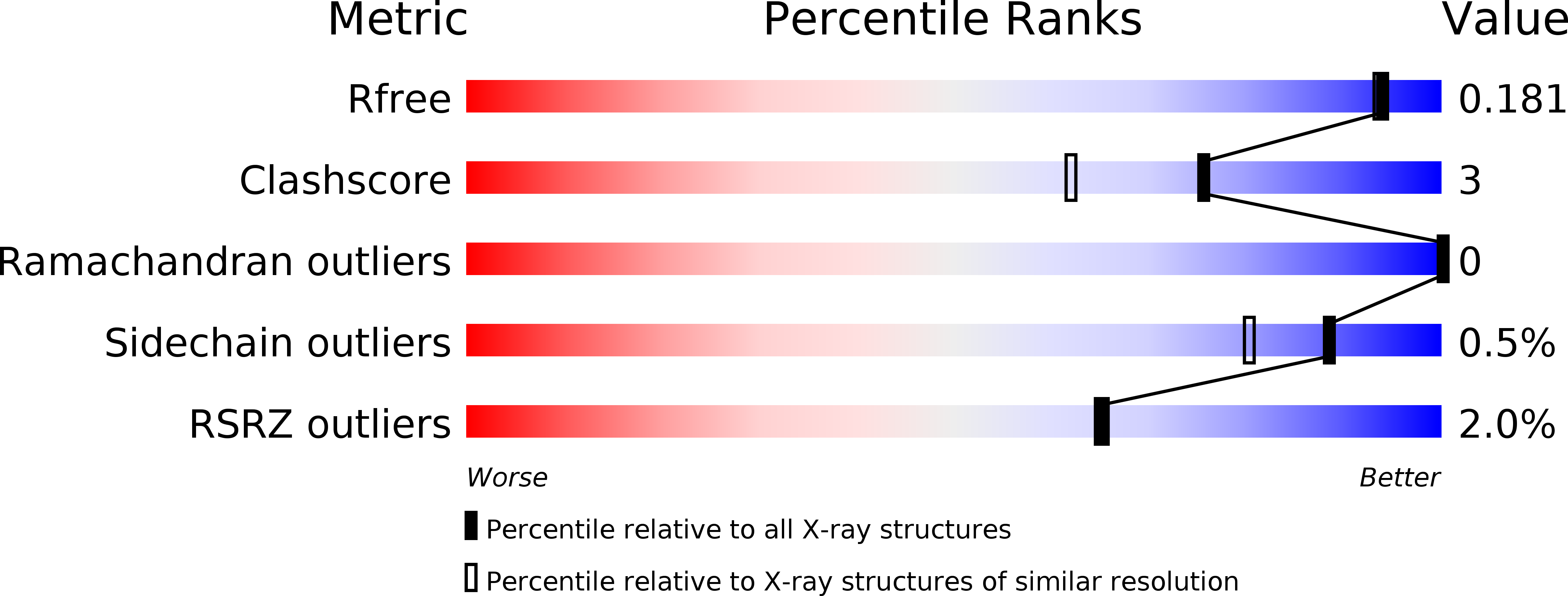
Deposition Date
2014-05-31
Release Date
2014-11-19
Last Version Date
2023-11-08
Entry Detail
PDB ID:
4QII
Keywords:
Title:
Crystal Structure of type II MenB from Mycobacteria tuberculosis
Biological Source:
Source Organism:
Mycobacterium tuberculosis H37Rv (Taxon ID: 83332)
Host Organism:
Method Details:
Experimental Method:
Resolution:
1.64 Å
R-Value Free:
0.18
R-Value Work:
0.15
R-Value Observed:
0.15
Space Group:
P 1 21 1


